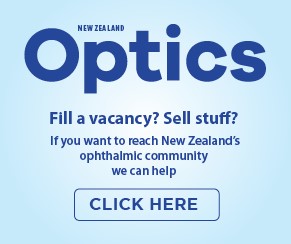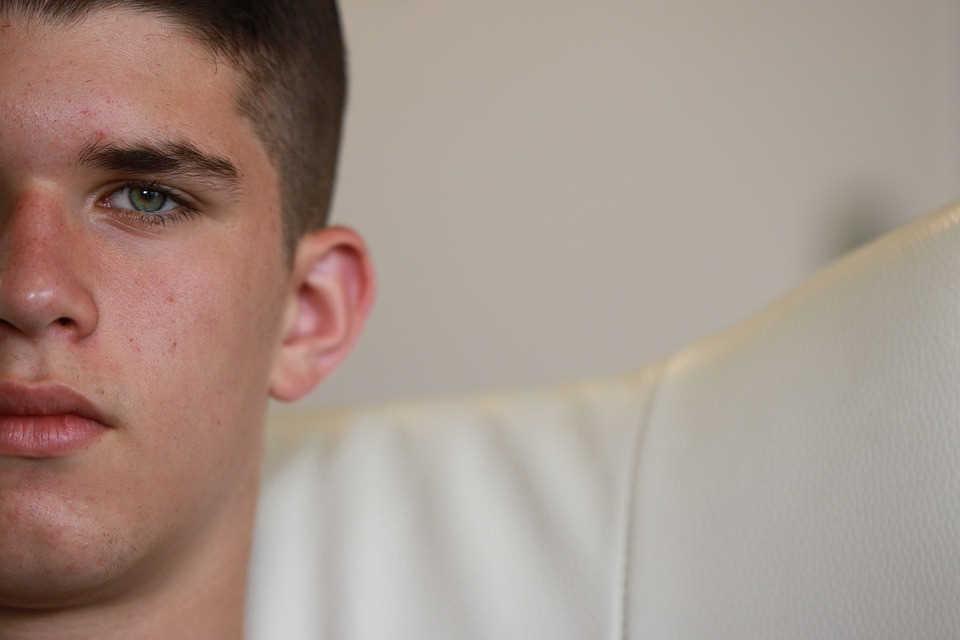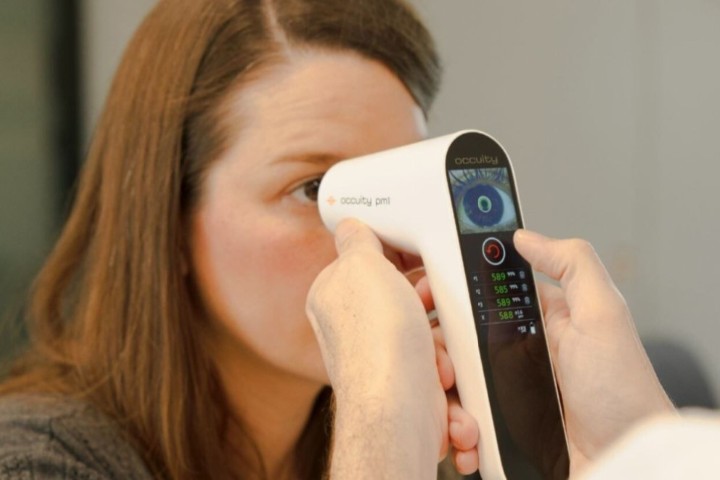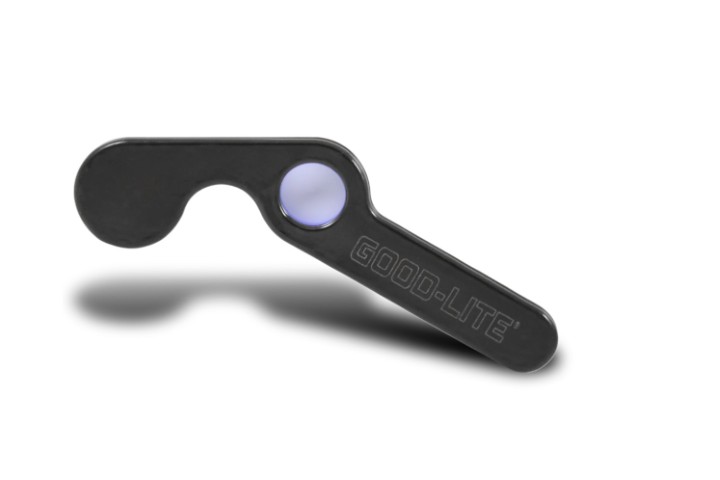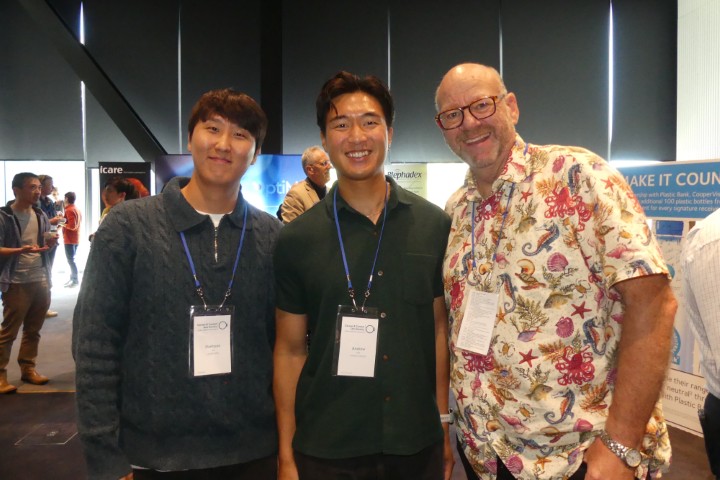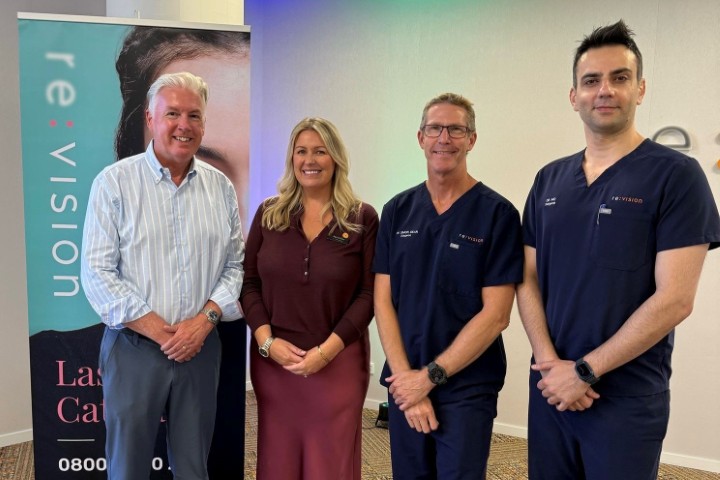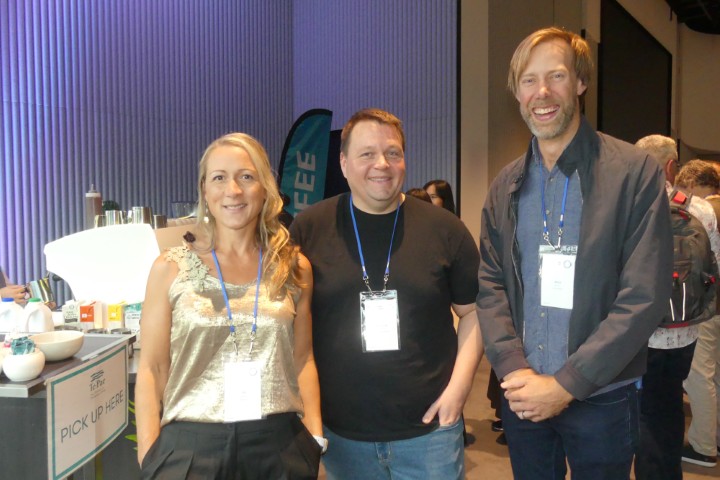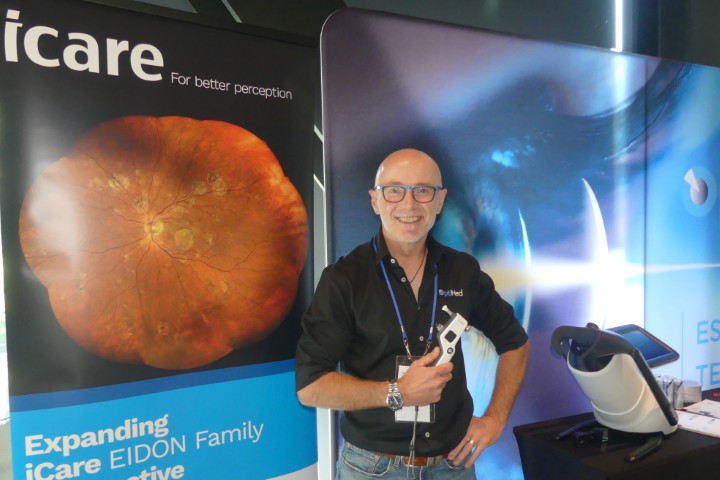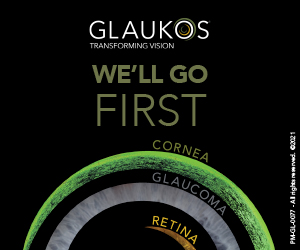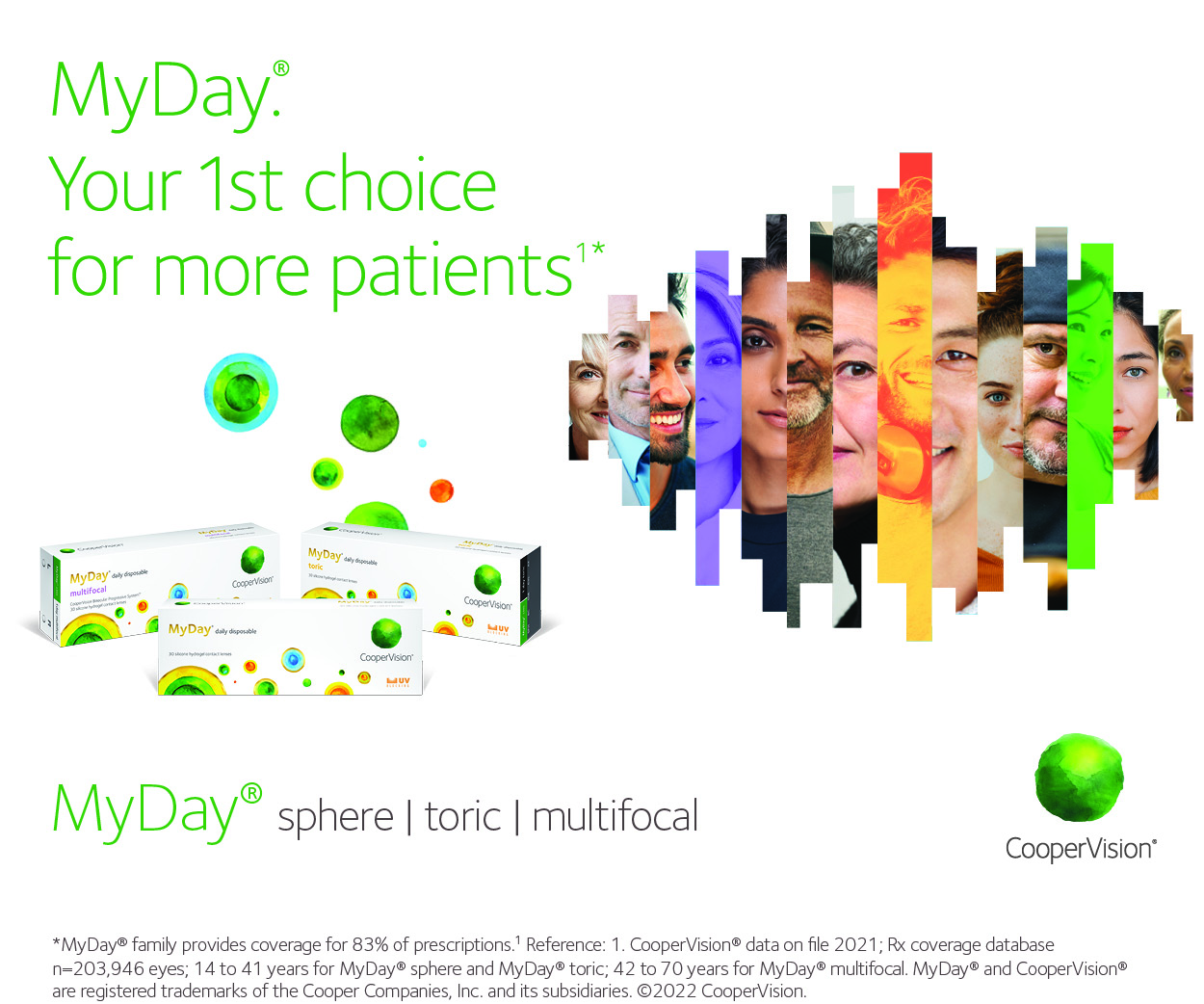World first study: keratoconus far more prevalent in teens
WELKS findings released
Results from a first-of-its-kind keratoconus screening of hundreds of teenagers in Wellington indicate the eye disease may affect one in 45 Māori adolescents.
A total of 1916 pupils in years 9 and 11 across 20 schools were studied in the prospective cross-sectional Wellington Keratoconus Study (WELKS), which found keratoconus affected one in almost 200 schoolchildren overall.
Other findings included that keratoconus was 25 times more prevalent in year 11s and nine times more prevalent in year 9s than previously thought. Of those diagnosed with keratoconus, 85% were male and 83% were of Māori descent.
“Keratoconus appeared to be associated with ethnicity, atopy, lower school decile, visual impairment and the underutilisation of visual aids,” wrote study authors. In those with keratoconus, eight of 10 had visual impairment, seven of 10 did not use visual aids, seven of 10 had atopy and six of 10 were from a low decile school.
Co-author Dr Alistair Papali'i-Curtin presented the findings at this year’s RANZCO NZ conference. He told NZ Optics, “In terms of actions from our study, (we) contributed to the recent RANZCO submission to the Government's review of the New Zealand Health and Disability System.”
The WELKS study was conducted by the former Capital Vision Research Trust with support from Lions Club, Ford, Bowen Hospital, Alcon Vision Care and local eye health specialists.
The study, published in Cornea, recommends introducing a nationwide screening programme to help reduce the prevalence of keratoconus and treat sufferers earlier to reduce the need for cornea transplants.









